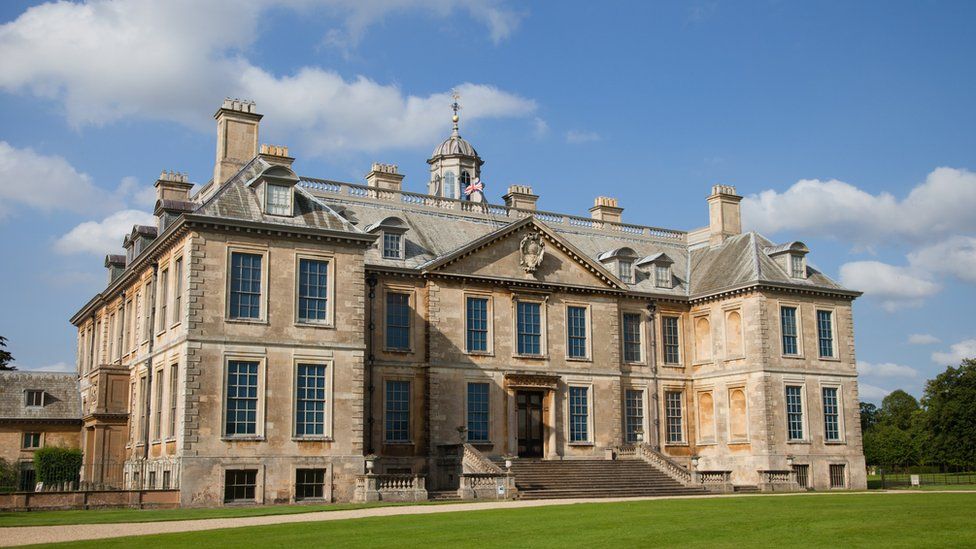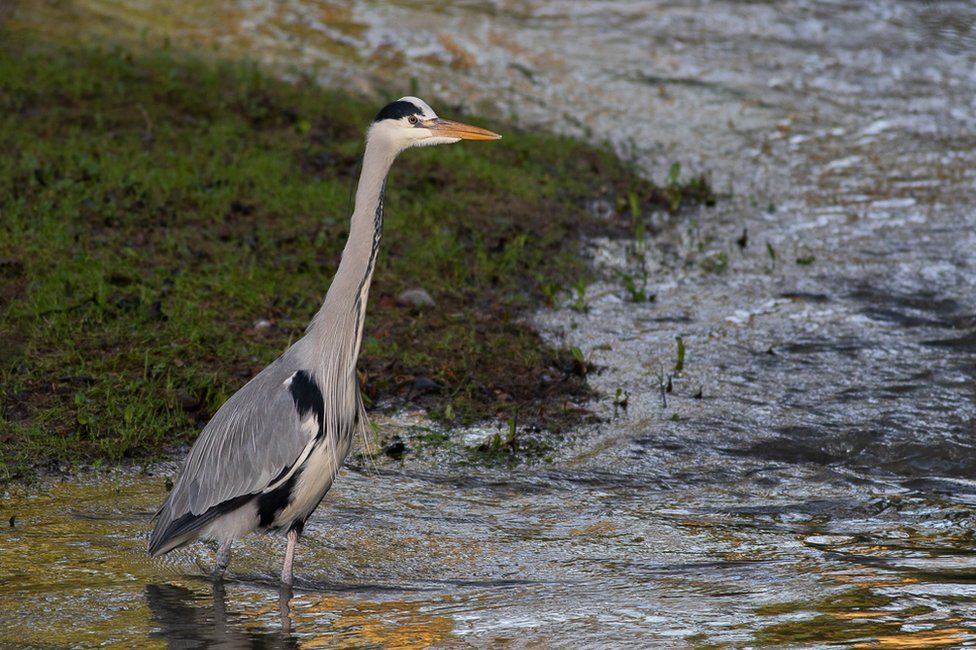
A bird’s eye view of nesting herons taken by a drone at a stately home has revealed an unexpected number of nests, the National Trust said.
Flown about 50ft (15m) above the trees the drone saw 11 nests, nine more than experts predicted.
It was the first time a drone had been used to get a better look at the birds at Belton House in Lincolnshire.
Ecologist Andrew Chick said the nests meant 22 herons were incubating three to four eggs each.
The nests were revealed as part of the British Trust for Ornithology’s annual heronry census.
The drone flight adhered to strict guidelines for wildlife monitoring, the National Trust said.

The increase in heron numbers showed the impact of the charity’s conservation work on the stretch of the River Witham which runs through the Belton estate.
Natural river features such as riffles – shallower, faster moving sections of a stream – have been restored to attract white-clawed crayfish and brown trout.
Herons could live up to 20 years, said Mr Chick.
They usually lay their first egg in mid-March and only have one brood per year.

Mr Chick said: “These herons have probably chosen to nest in this particular Scots Pine tree because of its easy access to Belton’s ornamental ponds and rivers, which the National Trust has been actively managing and improving.
“It’s likely the herons have been present at Belton for decades, but thanks to the view from above this year we’ve been able to get a much more accurate record of how many are nesting in the heronry.”
Carl Hawke, nature conservation adviser at the National Trust, said the larger heronry was “great news to discover”.
The team at Belton hopes their discovery shows heron numbers in the county are improving.




Leave a Reply
You must be logged in to post a comment.